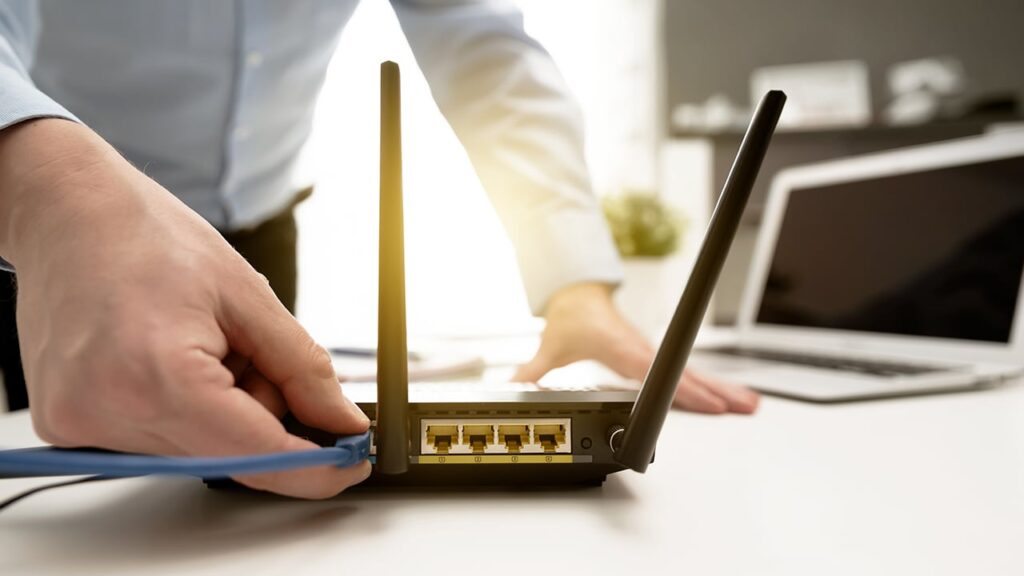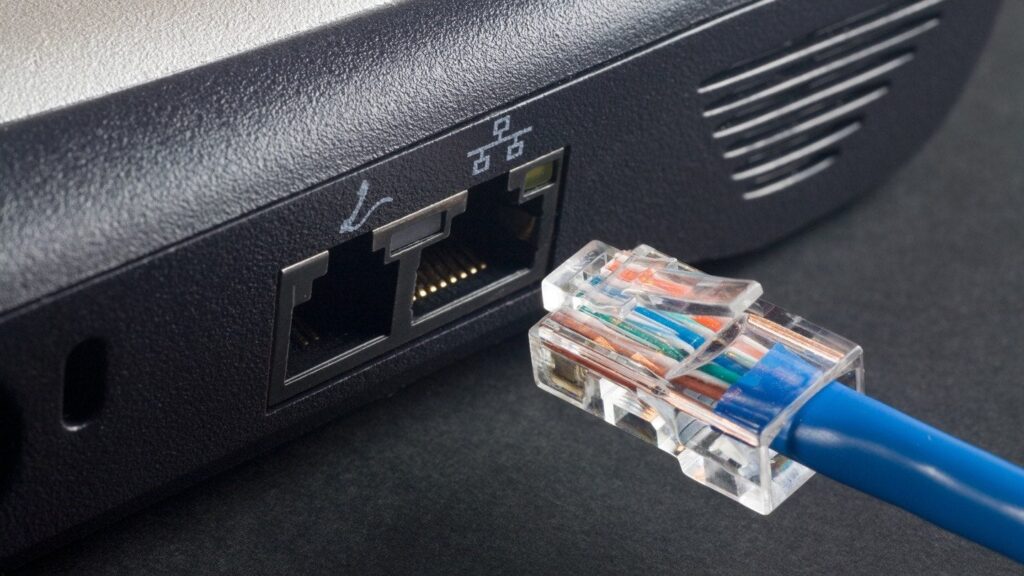Are you tired of constantly reloading websites, waiting for frustratingly long buffering times, and having to call your internet service provider every other week? Well, look no further because we have all the tips and tricks you need to improve your residential internet! Follow our advice, and you’ll be surfing the net like a pro in no time.
Page Contents
Assessing Your Current Setup
As the digital landscape expands and evolves, people rely more and more on high-speed internet for their daily activities. Whether it’s streaming videos, downloading music, or playing online games, unlimited internet is essential for our modern lifestyles. Although most residential internet packages come with guaranteed speeds and reliability, certain practices can help you further optimize your connection to get the best value out of your service.
When you experience slow internet speed, the trouble may not be with your provider, but your current residential internet setup instead. To get the best out of your existing internet connection and ensure that you are getting your money’s worth, it is important to assess where you can make improvements.
To start evaluating your home network setup and ensure optimal performance, there are a few things you should look into:
- The age of your router: Older routers may not support the latest technologies and protocols that provide better speed or range. Consider replacing it with a newer model for improved performance.
- The number of devices connected: A large number of devices connected to your router and accessing the same wireless connection can slow down speeds significantly. Limiting the number of active connections is recommended.
- Placement of modem/router: The further away from obstructions like walls, furniture, and appliances, the better signal quality you will experience and greater speeds achieved. Keep them in an open area for maximum efficiency.
- Quality of Ethernet cables used: Poorly made cables can diminish transfer speed; replace them with good quality ones with gold-plated connectors to get faster file transfers between computers connected with an ethernet cable.
- Network security protocols: Your router must support up-to-date security measures such as WPA2 protocol or higher in order to protect yourself from hackers or virus attacks which can weaken network performance. Make sure this is checked regularly for optimal security in the home network setup.
Optimizing Your Wi-Fi Network

In general, signals don’t travel through walls very well and are weakened when encountering other materials. As such, the closer the router is to where you will be utilizing the most bandwidth, the better reception and experience you will have.
Place your router in a central location – It should be within line of sight from the main devices that will be using it for access and preferably away from electronic devices such as TVs or microwaves in order to reduce interference.
Aim antennas for best coverage – Most routers come with multiple antennas that should be positioned horizontally for better coverage.
Make sure Wi-Fi is secure – Always turn on encryption by utilizing WPA or WPA2 security so only those who have permission can access it.
Change channel – Typically, channel 6 is recommended as a default channel setting. You may also want to check which specific channels are available in your area based on local networks that may interfere with yours if they are on the same channel.
Change name (SSID) – Change the default name of your router, if possible, in order to prevent hackers from knowing what type of hardware setup you have.
Install a Firewall – Depending on what type of internet connection you have installed at home (such as DSL modem/router combo), installing a firewall could improve security even more by blocking intrusive attack attempts from external sources such as FTP servers and other malicious sources.
Utilizing Ethernet Cables

Ethernet cables provide a reliable, efficient way to increase your internet performance at home. Unlike wireless connections, Ethernet cables are subject to less interference from physical objects and do not need to be reconfigured every time you move devices or systems around your home. By connecting your router via an Ethernet cable, you can experience substantially faster connection speeds than with a Wi-Fi or wireless connection, significantly improving your overall experience.
Because of the physical limitations associated with these cables – that is, they cannot run through walls the way Wi-Fi can – they must be strung through hallways and beneath rugs in order to connect all necessary systems. This means you may have extra cable left over that needs to be managed in order to keep everything neat and systemized. To keep it out of the way, take advantage of adhesive clips or mini zip ties as needed. Keeping some extra length so that you have breathing room if any adjustments are made later on down the line may also prove helpful in the future.
Reducing Bandwidth Usage
Reducing the amount of data processed and transmitted through your home network can help to improve your internet performance. Excessive bandwidth usage can slow down your internet connection and is most often caused by streaming videos, videos in progress, file transfers, gaming, and applications that download large files frequently.
Turn off auto-updates: Applications typically request updates from their servers automatically if they’re enabled. This means that every time you connect to the internet, the application is downloading files through your connection and using up bandwidth. Disable automatic updates for applications you don’t use regularly so they won’t consume large amounts of data when you’re not paying attention.
Limit video streaming: Video streaming requires large amounts of data which uses the most out of a network’s capacity. It’s a good idea to limit the amount of time spent on streaming services like Netflix or YouTube while other people are using the network at the same time to prevent congestion or slowed performance on high-traffic activities like gaming or downloading large files.
Conclusion
In conclusion, there are many changes you can make to your residential internet setup to maximize its performance. Start by understanding your network and the speed it was designed to support. Make sure you have the right type of modem and router for your needs, as this will help ensure optimal internet speeds for everyone in your house. Increase coverage by adding quality Wi-Fi extenders around your home, and make sure that your devices are taking advantage of the latest standards.
Finally, always be on the lookout for deals from providers that offer discounted monthly rates or even free upgrades from time to time.







